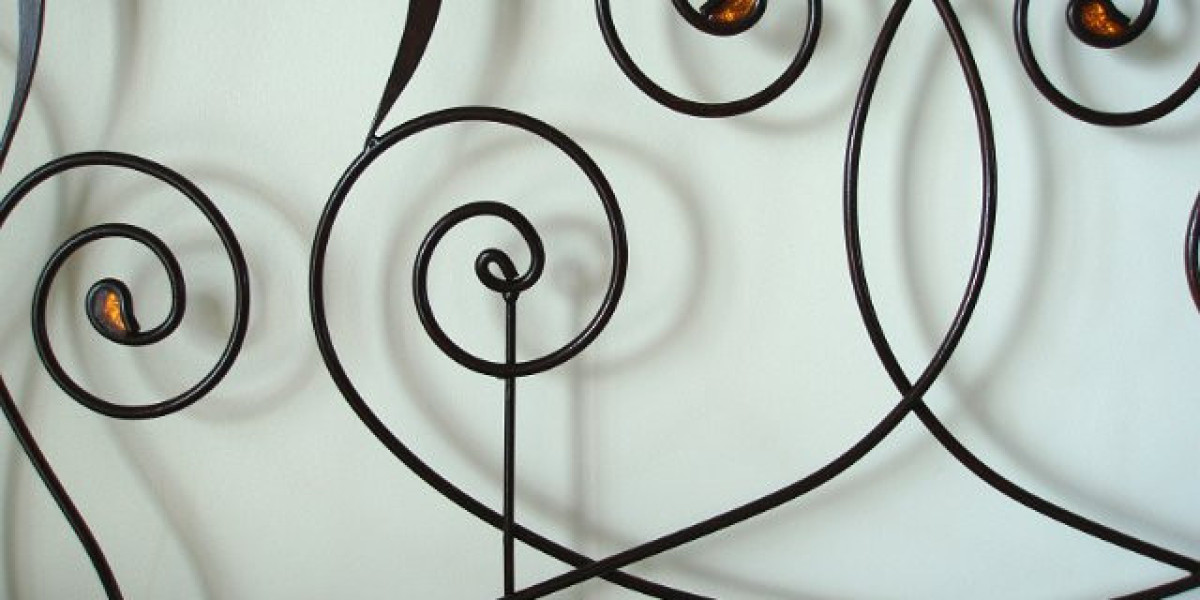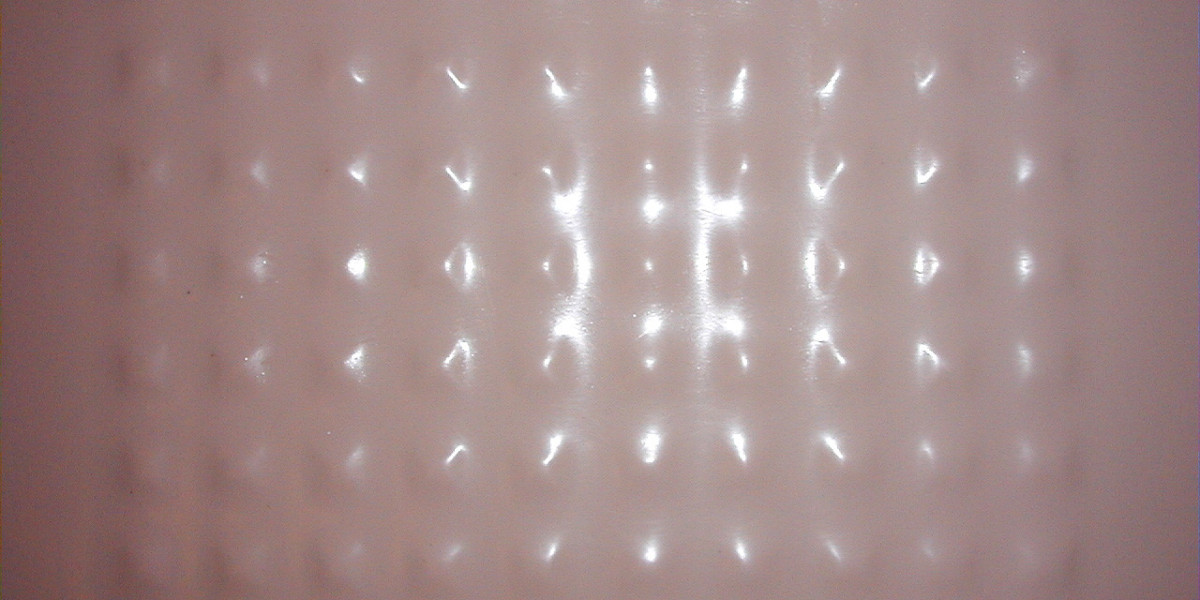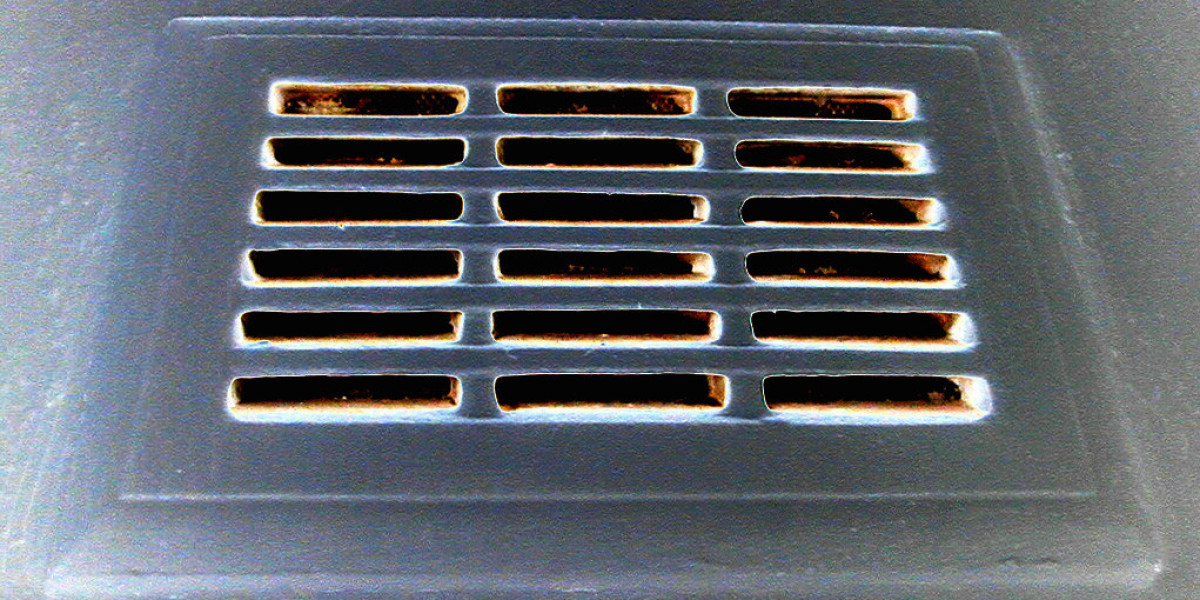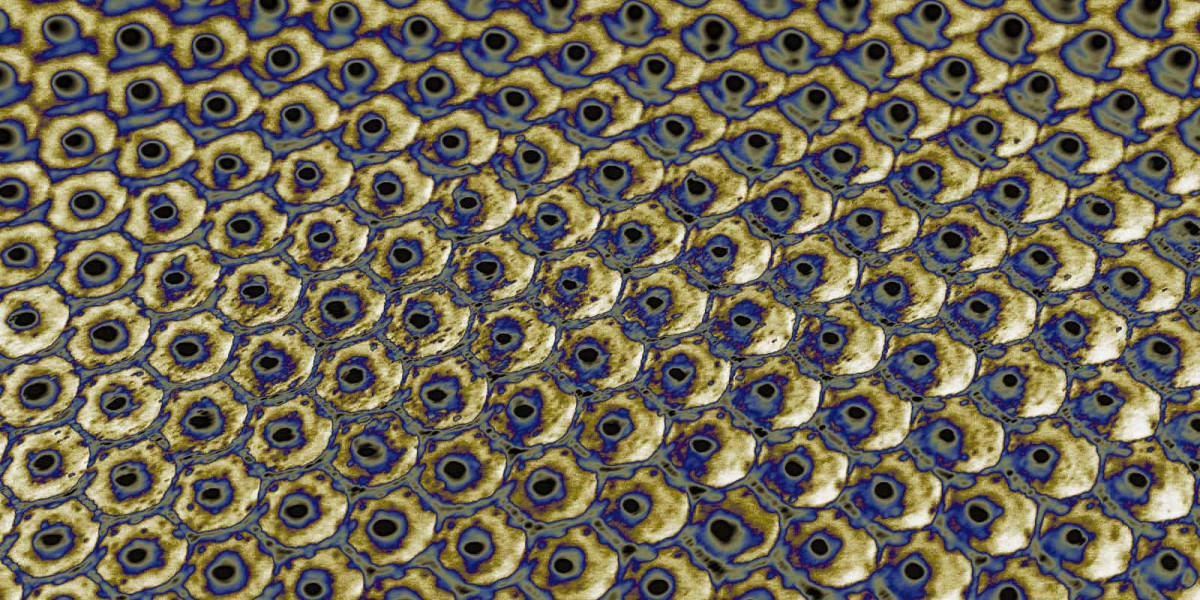The KPV peptide is gaining attention for its potential role as an anti-inflammatory and pro-healing agent in various therapeutic contexts. While early studies suggest promising benefits, it is essential to understand that any biologically active compound can produce side effects when used in humans, especially outside the controlled environment of clinical trials. Below you will find a comprehensive overview of known adverse reactions associated with KPV peptide therapy, insights into how these effects may interact with other common supplements such as creatine, and considerations for populations undergoing menopause.
Peptide Therapy: KPV – The Anti-Inflammation & Pro-Healing Peptide
KPV is a tripeptide composed of the amino acids lysine (K), proline (P), and valine (V). It has been shown to bind selectively to the CXCR2 receptor, thereby blocking neutrophil recruitment and reducing inflammatory cytokine release. In preclinical models, KPV reduced tissue damage in conditions such as acute lung injury, ulcerative colitis, and myocardial infarction. The therapeutic promise lies in its ability to dampen excessive inflammation while promoting repair processes without broadly suppressing the immune system.
Despite these advantages, several side effects have been reported or inferred from animal studies and limited human data:
- Local Injection Site Reactions
- Pain, redness, swelling, or mild irritation at the administration site are common when KPV is delivered subcutaneously or intramuscularly.
- In rare instances, localized erythema may persist for several days, indicating a hypersensitivity response.
- Systemic Immune Modulation
- Because KPV interferes with neutrophil chemotaxis, patients may experience a transient reduction in circulating white blood cell counts, potentially increasing susceptibility to minor infections.
- In individuals with pre-existing autoimmune disorders, modulation of CXCR2 signaling could alter disease activity, either ameliorating or exacerbating symptoms.
- Gastrointestinal Disturbances
- Some subjects report nausea, abdominal discomfort, or mild diarrhea following oral administration (when formulated as a capsule or liquid).
- These effects are usually self-limited but may necessitate dose adjustment for sensitive individuals.
- Allergic Reactions
- Though rare, anaphylaxis has been documented in one case where the peptide was contaminated with an excipient.
- Symptoms such as hives, wheezing, and throat tightness require immediate medical attention.
- Hormonal Interference
- Early animal data suggest that KPV can influence estrogen receptor signaling pathways. While this may confer protective effects in inflammatory breast disease, it could potentially disturb hormonal balance in endocrine-sensitive tissues.
- Cardiovascular Effects
- In rodent models of myocardial infarction, high doses of KPV produced transient bradycardia and hypotension. Human data are sparse; however, clinicians should monitor blood pressure when initiating therapy in patients with cardiovascular disease.
- Drug-Interaction Potential
- Concurrent use of immunosuppressants (e.g., corticosteroids) or anti-inflammatory drugs may produce additive effects, increasing the risk of infection or gastrointestinal bleeding.
- Overlap with medications that affect neutrophil function (such as certain antibiotics) should be evaluated on a case-by-case basis.
To Read About Blog Topic, Scroll Down
For readers interested in deeper insights and patient experiences regarding KPV peptide therapy, further resources are available in the blog section. These include case studies, dosage guidelines derived from clinical trials, and comparative analyses with other anti-inflammatory peptides such as thymosin beta-4 and cathelicidin. Readers can scroll down to explore detailed charts of side effect frequency, patient testimonials, and expert commentary on future research directions.
Creatine, Exercise & Menopause
The interaction between KPV peptide therapy, creatine supplementation, exercise regimens, and menopausal physiology is an emerging area of interest:
Creatine monohydrate is widely used to enhance muscle power and recovery. Studies suggest that creatine may upregulate the PI3K/Akt pathway, which overlaps with some of KPV’s pro-healing signaling mechanisms. Consequently, simultaneous use could synergistically promote tissue repair. However, high creatine doses have been associated with mild gastrointestinal upset, a side effect that may overlap with KPV’s own GI disturbances.
Resistance training combined with creatine increases lean muscle mass and reduces inflammatory markers such as IL-6 and TNF-α. When paired with KPV therapy, patients may experience accelerated recovery from exercise-induced muscle damage due to the peptide’s anti-neutrophil activity. Nonetheless, strenuous aerobic activity can transiently elevate neutrophil counts; if KPV is administered during this period, clinicians should monitor for potential over-suppression of necessary inflammatory responses.
Menopausal women often experience increased systemic inflammation and decreased estrogen levels, contributing to sarcopenia and joint pain. KPV’s anti-inflammatory action may alleviate menopausal musculoskeletal discomfort. However, because KPV can modulate hormone signaling pathways, careful monitoring of bone density and cardiovascular risk is advised. Creatine has been shown to improve muscle strength in postmenopausal women without significant adverse effects; when combined with KPV, the benefit-to-risk ratio remains favorable, but long-term data are still pending.
In summary, while KPV peptide therapy offers compelling anti-inflammatory and healing properties, it is accompanied by a spectrum of potential side effects ranging from mild local reactions to systemic immune modulation. Patients should be counseled on these risks, particularly when integrating other supplements such as creatine or engaging in intense exercise routines. Menopausal individuals may benefit from the combined therapeutic approach but require ongoing assessment of hormonal and cardiovascular status. As research evolves, more precise dosing guidelines and safety profiles will become available, enabling clinicians to tailor pattern-wiki.win KPV therapy to individual patient needs.












